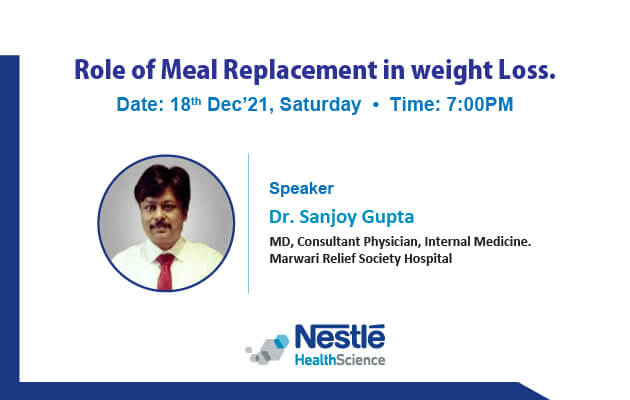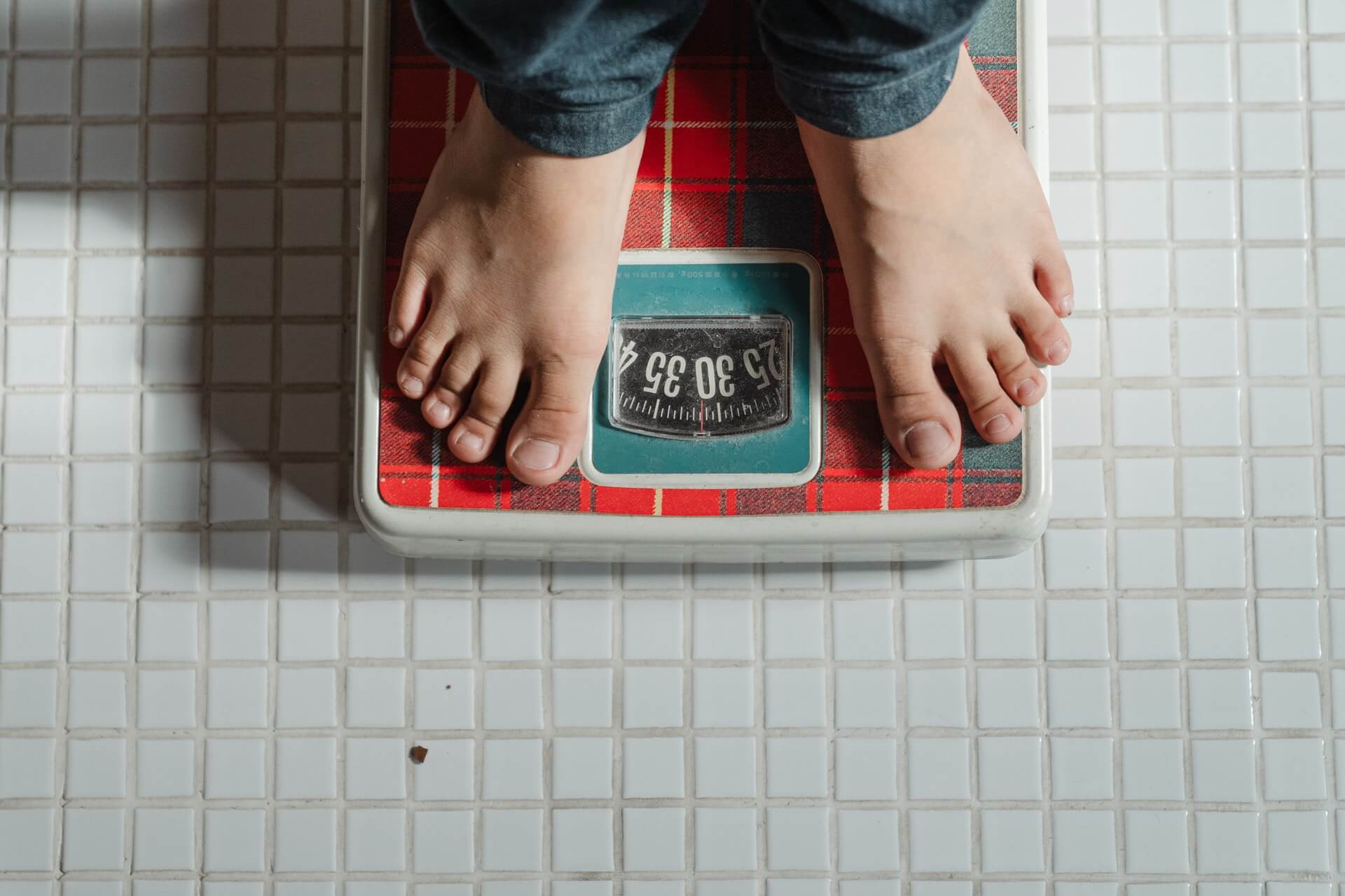
weight-loss app reported less fruit consume during COVID-19
Food preferences are regularly modified in populations during stressful, unanticipated events. This has been tested how a U.S. population's meals choices are modified during the start of the COVID-19 stay-at-home orders, especially during the spring of 2020. Daily nutritional consumption facts from a virtual conducted through the weight-loss app, which incorporates an interface for logging food, beverages, and snacks, had been analyzed to evaluate self-stated meals alternatives from March 5-March 11, 2020 ("Start-COVID") and for the duration of the first week of the COVID-19 lockdown (March 12-March 18, 2020; "for the duration of-COVID").
The very last pattern consisted of 381,564 participants: 318,076 (83.4%) females, the majority who were elderly 45–65 years (45 2%). Results imply that self-reported in the weight-loss app, servings of clean fruit and vegetable consumption reduced from start to during-COVID, while consumption of red meat and starchy veggies expanded. More guys than women expanded their consumption of red meat and processed meat. The less overall change in fruit and vegetable intake was visible in those 66 and older, as compared to elderly 18–35. Lean meat and starchy vegetable consumption expanded in older participants, however, the change was negligible in younger subjects. More subjects aged 18–35 years reduced their consumption of caffeine, desserts, lean meat, and salads as compared to older participants. No modifications had been determined in snack or alcohol consumption logged. This study found out that specific meals companies had been altered according to age and gender during the first weeks of COVID lockdown. Understanding modifications in meals alternatives during a crisis can be beneficial for preparing to supply chains and public health responses.
Researchers moreover analyzed how well people adhered to weight reduction steerage with the aid of using ingesting low-calorie density vs. high-calorie density food. Males were considerably associated with ingesting more high-calorie density food in comparison with girls. Members elderly 18 to 35 years, 36 to 45 years or 46 to 65 years ate a lot less low- and medium-calorie food in the course of in comparison with earlier than lockdown, while adults elderly sixty-six years and older didn’t have a change of their low-calorie food intake and less of a change in intake of various food in comparison with the youthful age teams.














